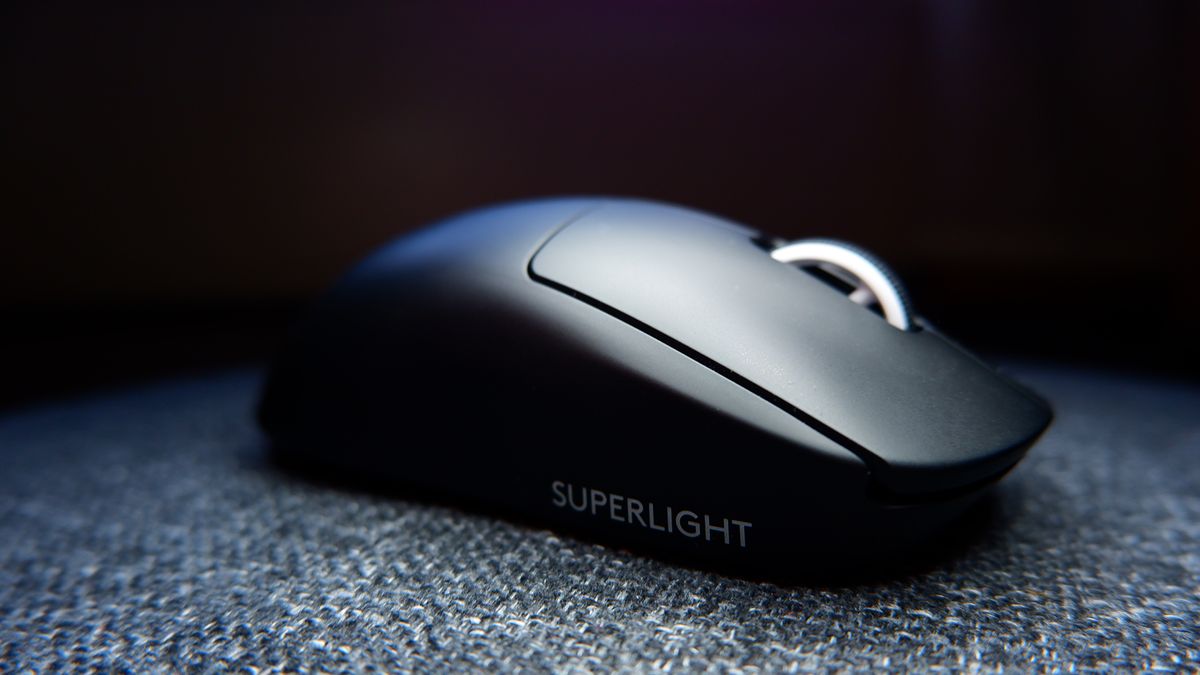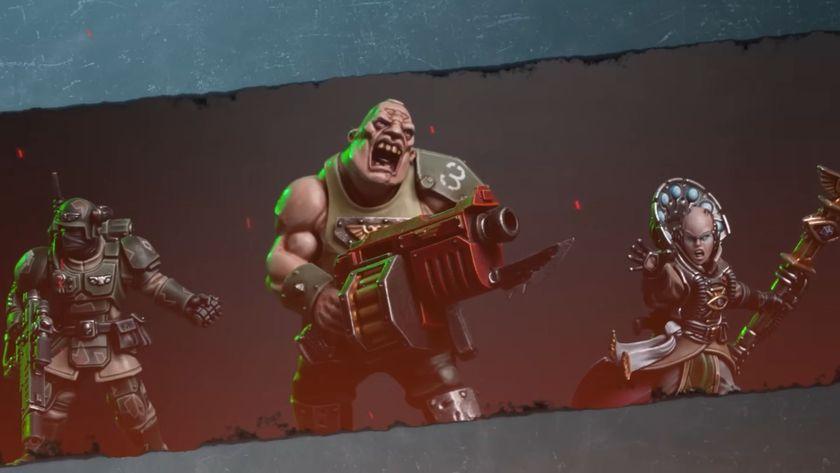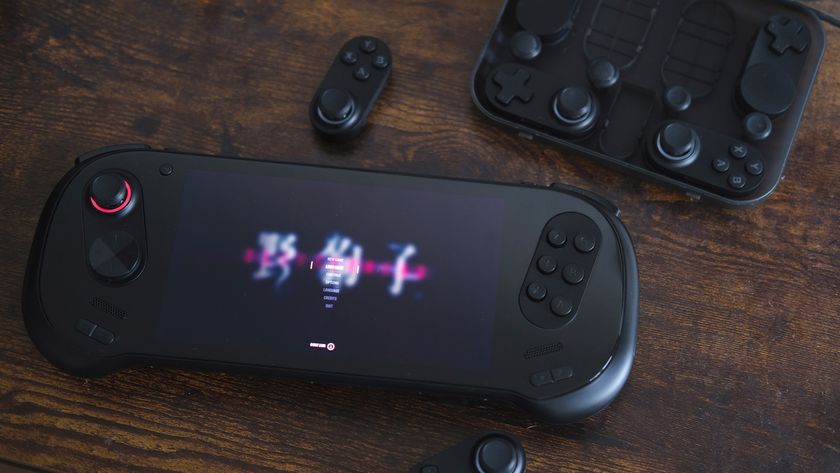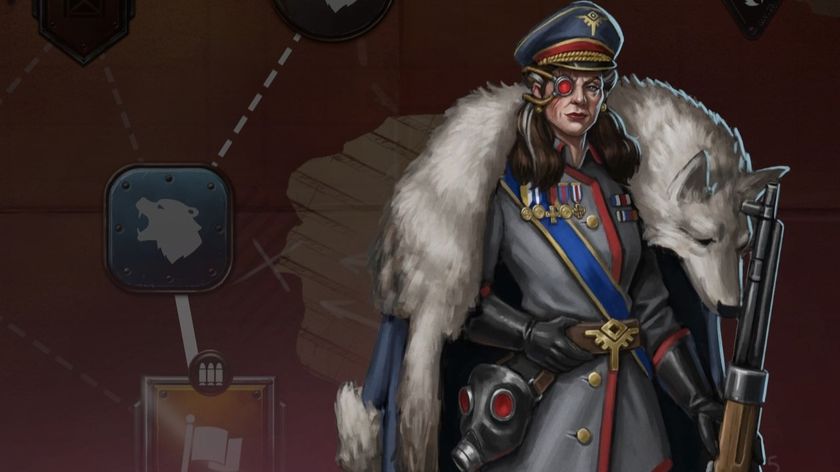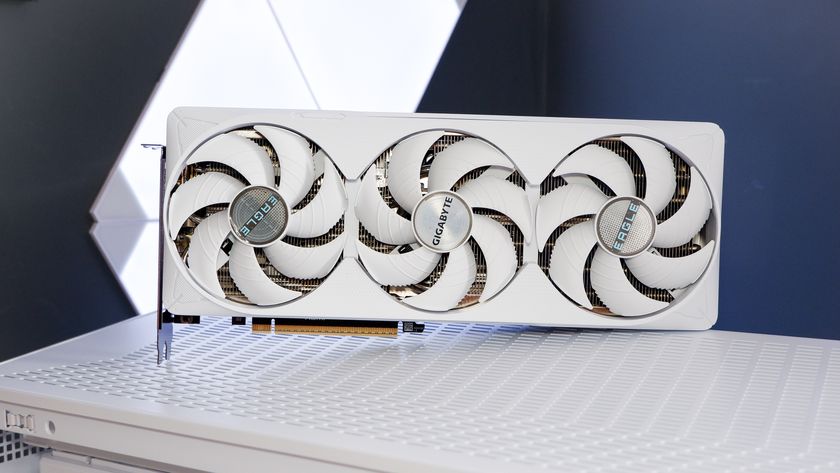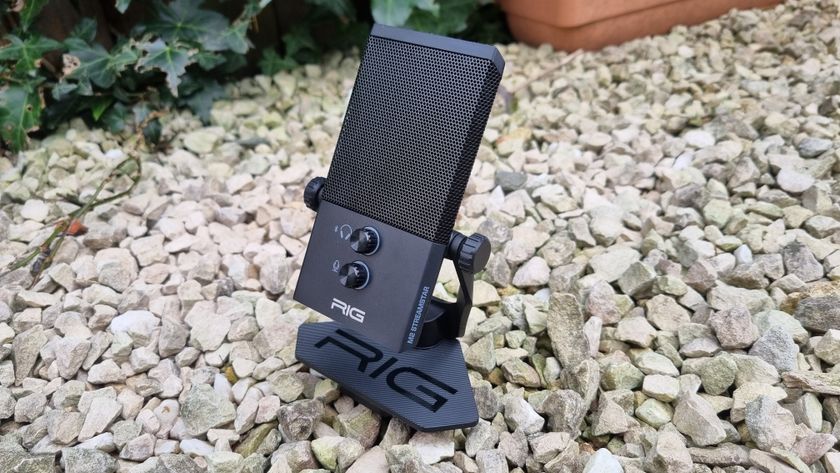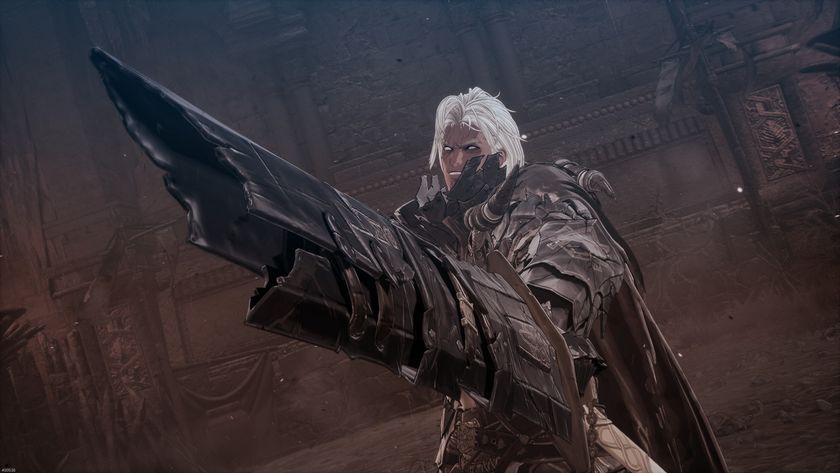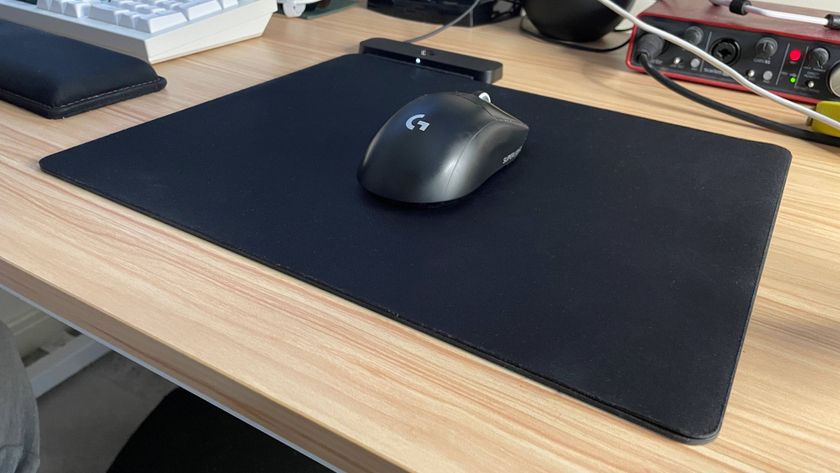Our Verdict
A lightweight version of a much-loved gaming mouse. While the Logitech G Pro X Superlight doesn't quite replace the Logitech G Pro Wireless for a lack of added extras, it certainly offers a weight-conscious alternative.
For
- Weighs just 63 grams
- Glides as if it were floating on air
- Comfortable
- Accurate, high CPI sensor
Against
- Right-handed only
- No DPI switch
PC Gamer's got your back
Lighter, brighter, and faster, that's what gamers want, and Logitech isn't one to disappoint with every turn of the product crank. In order to fulfil our unquenchable thirst for minute performance metrics, the Logitech G Pro X Superlight takes the popular Logitech G Pro Wireless and shaves off 17 grams.
You'd hardly tell it by looking at the Pro X Superlight, though. It looks near-identical to the G Pro Wireless with the exact same hallmarks of the popular and simplistic gaming mouse. The outer shell is fairly pronounced near the palm, which adds that little extra support compared to sleeker mouse models, and there's the slightest touch of contouring on the primary mouse buttons and beneath where your thumb and pinky sit. All in all, it's a fairly restrained design by modern mouse standards.
I've been using the Superlight for over a month now and no complaints so far. Furthermore between mouse tests I resort back to the near-identical G Pro Wireless and I can attest to its comfort and longevity for over a year now. Beyond the usual wear and tear I'm yet to see any real signs of decay on the plastic, which I'm a little surprised about considering the matte black finish. And I see no reason why the Superlight would be any different in this regard.
The two do feel differently under hand, however. The G Pro Wireless is no welterweight but it feels practically portly by comparison to the Superlight. Just 17 grams separates the two yet they feel night and day next to each other. You'll notice the reduction in game when you're practically throwing the 63 gram Superlight around your desktop.
The Logitech Superlight has seen some major changes in order to meet its stringent weight requirements, and compete with its lightweight wireless competitors. Even many of the best wired lightweight mice for that matter.
There are no removable thumb buttons, those which had become a bit of a signature feature of the G Pro Wireless. Instead in their place are two permanently affixed thumb buttons on the left-hand side. That's a shame for a couple of reasons. First, it's a little less customisation on offer, although I'll admit that most users will end up opting for the exact same loadout even with the option. Second, the Superlight's omission of removable switches means it's now only suitable for right-handed users.
It's hardly a dealbreaker for the majority of users, but it will mean a few of you reading this will hit the back button. Sorry bud, I feel for you, but it's all in the name of shaving grams.
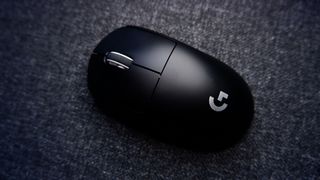
There are other notable omissions, too, although some of which may not be sorely missed depending on your preferences.
RGB lighting is gone for the most part. There's a single LED dot that changes colour dependent on the CPI level set within the Logitech G Software but that's your lot. It's not a significant departure from what came before it considering the G Pro Wireless only features three dots for DPI level indicators and a light-up Logitech G logo, hardly a lightshow, but certainly a feature that has helped sell heaps of other gaming mice to date.
There's not even a CPI switch button on the mouse—that has to be changed in the software or set to one of the two thumb buttons—which must be the first time I've seen one omitted from a gaming mouse in three years.
If there's something that should be abundantly clear about the Superlight already, it's the fact that it's for gamers that value weight over all else. It might not scream 'barebones' like some other perforated lightweight models but what's here is very little more than what's absolutely required.
For the lack of excessive features, however, the standard battery life is a solid 70 hours. That's actually 10 hours more than the G Pro Wireless even with RGB disabled, so battery life has actually improved between the two units. In practice, you'll probably have the Superlight connected by cable at least once a week to ensure it's juiced up. It'll charge pretty swiftly, too, so you won't have to worry about the cable tugging your mouse about for long, which I find is more of a pain with wired ultra-lightweight mice.


The Logitech Superlight does at least retain PowerPlay compatibility, so you needn't have to worry about charging with it installed. That is an added extra, however, and a fairly costly one at that at $120 (£110). The PowerCore module will add to the mouse's weight some, too.
Beneath the plastic cover fitted to the mouse by default, which you could remove for the slightest weight saving if you so wished, there's a USB store to keep the diminutive USB receiver inside the unit. It's a pretty handy store if you intend to take the mouse beyond your desktop every so often.
There are other little touches to the Logitech Superlight that are appreciated, too. The underside of the mouse has seen a slight material change to what looks more of a lightweight finish than with the G Pro Wireless, although it's been slightly improved upon with a greater PTFE footprint. With a half-decent mouse mat you'd be hard pressed to tell the difference between the two, but the Superlight certainly glides effortlessly across the mat.
Inside you'll find the applauded Hero 25K sensor that's common across Logitech's latest. What's more to say about this one: It's great, responsive, offers an outrageous remit of CPI speeds, and in my testing across MouseTester sees nary a single inconsistent result or errant data point at even the highest CPI setting. Impressive as ever.
My only thought is where can Logitech take the Hero sensor now. An 8K polling rate? Even greater CPI? I'm sure it won't be long before we see another revision.
Even beyond the mouse itself, the Logitech G Software is a clean-cut option for mouse settings. You'll probably be diving into the software a little more with the Superlight, too, if you've not opted for a CPI switch using the customisable thumb switches.


There's also the promise of carbon neutrality with Logitech's latest products, and while that might not materially stand for much in the performance of the product itself, it's a great sell if sustainability is high on your priority list in 2021—it should be, too.
What the Logitech G Pro X Superlight does then, it does exceptionally well. Far from an esports professional, even I'm a fan of a lightweight mouse for gaming, and this is certainly a leading option for a lightweight, wireless gaming mouse in 2021.
Logitech set out to shave weight off one of its most popular competitive gaming mice, and it's done just that.
What I will say, though, is that there's still plenty of reason to stick to the Logitech G Pro Wireless if you're not sure whether the extra weight saving is necessarily your bag. That 17 gram saving will see you spend a little more on the lightweight model—the Superlight cost $150 (£130)—and will also cost you a handy DPI switch, interchangeable thumb switches, and RGB lighting in moderation. The Logitech G Pro Wireless may be an older model, but I promise it still holds up in 2021 like any other.
Whichever model you side on, though, I don't believe you'll come away disappointed. Logitech has a solid reputation in the gaming mouse game and I'm pleased to report it still lives up to it. That appears to be a feeling shared by the masses, though, and the Logitech G Pro X Superlight is sold out everywhere as a result. Logitech says it expects new stock weekly but is facing "unprecedented demand." Which is sadly an all too familiar refrain these days.
A lightweight version of a much-loved gaming mouse. While the Logitech G Pro X Superlight doesn't quite replace the Logitech G Pro Wireless for a lack of added extras, it certainly offers a weight-conscious alternative.

Jacob earned his first byline writing for his own tech blog. From there, he graduated to professionally breaking things as hardware writer at PCGamesN, and would go on to run the team as hardware editor. He joined PC Gamer's top staff as senior hardware editor before becoming managing editor of the hardware team, and you'll now find him reporting on the latest developments in the technology and gaming industries and testing the newest PC components.
